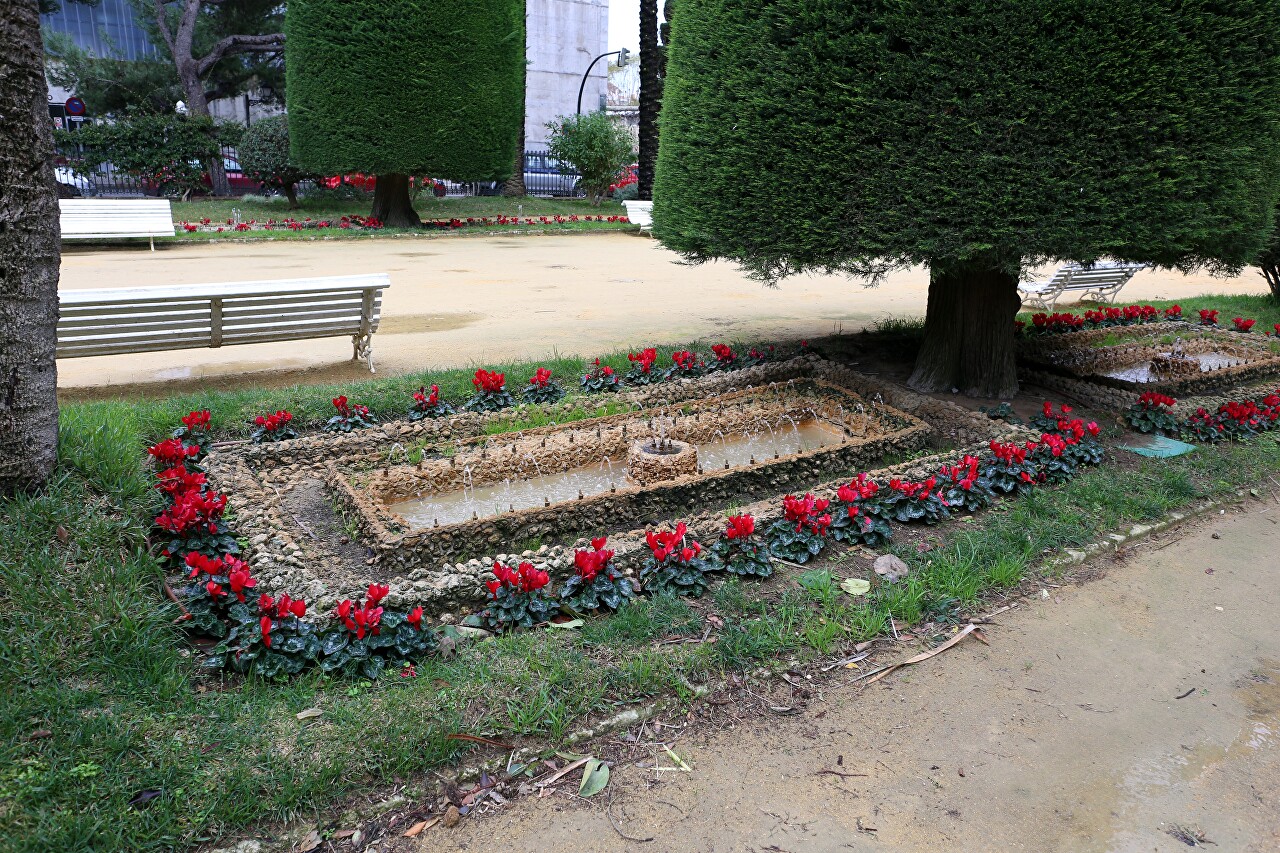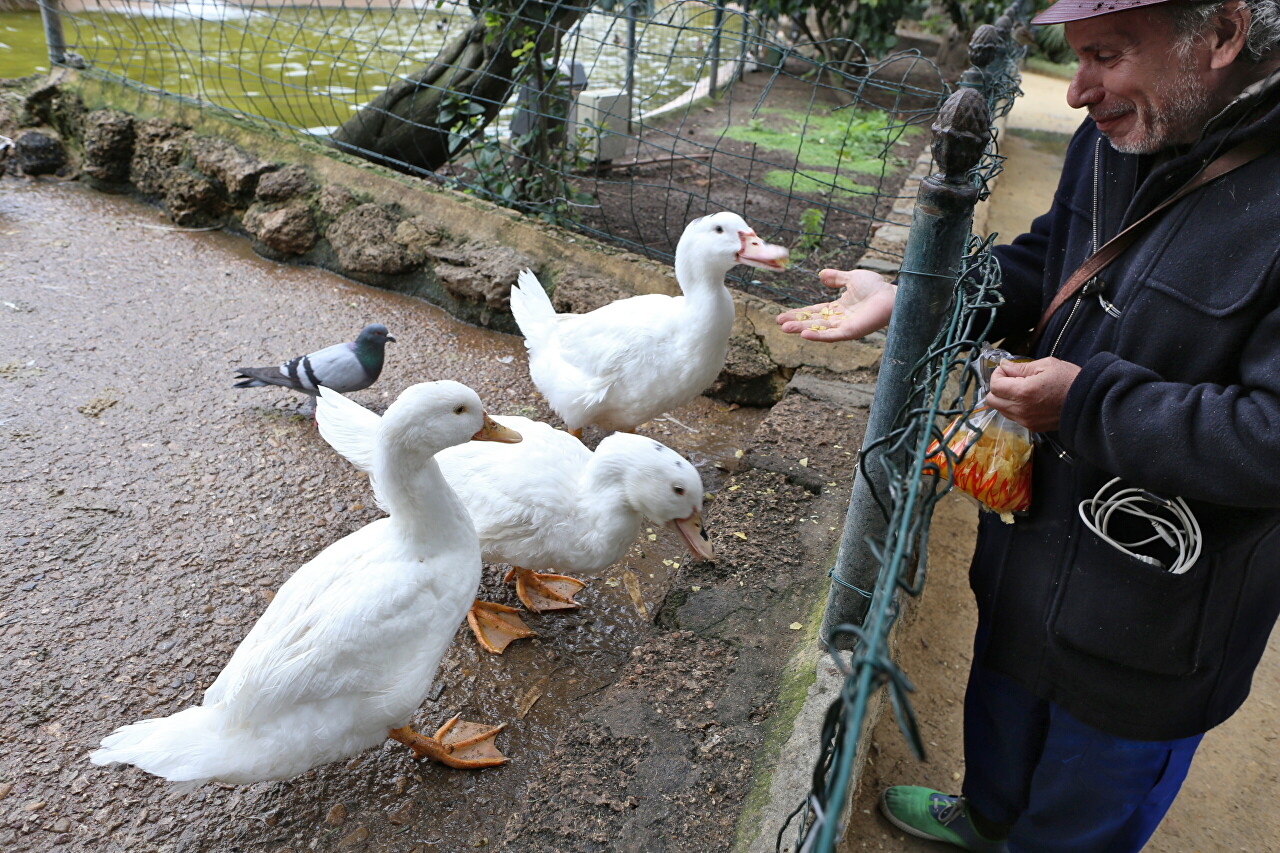Parque Genovés, Cadiz
After walking from the Simon Bolivar Monument past the Parador Hotel Atlántico, I found myself in the Santa Barbara area, named after the coastal bastion that protected the city from the northwest. Here is the main park of Cadiz, located on the ocean. I have often heard that its name translates as "Genoese Park" and, like many things in the city, is directly related to Christopher Columbus. The great navigator, set out on a journey from Cadiz, but, as is known, was born in the city of Genoa, and at the court of Queen Isabella I of Castile was called only as "Genoese". Such an exotic version can be heard even from not too scrupulous guides. In fact, everything is much simpler, the park is named after the person who played a crucial role in the appearance of the park. And this is not the gardener at all, as again you can read in some dubious sources, but the mayor of Cadiz.

The park is not very large, only about 250 meters long and 50 meters wide, but it is very picturesque and well-groomed. The first attempt to create a public park was made at the end of the eighteenth century on the territory between the barracks and the sea wall. In the people, this unkempt alley was called Paseo del Perejil (Perejil - parsley), from which we can conclude that in those days the park was more like a vegetable garden.

In 1854, the city suffered from a cholera epidemic, but, oddly enough, this played a positive role in the history of the park. As the economy collapsed and many people were left without means of support, the city authorities hired them to expand and improve the park. The updated alley was named Paseo de las Delicias.

Ten years later, the barracks were demolished and American cypress trees were planted in their place, this part of the park was named Bosque del Ejército (army forest).

The park acquired its current appearance in 1892, thanks to the efforts of Mayor Eduardo José Genovés i Puig. A lake with a grotto and a waterfall appeared here, and a large number of various plants were planted. A theater was built in the park, the design of which was developed by the famous Gustave Eiffel. In 1930, the frame was dismantled and used for the construction of the Merced market, now home to the Flemish Art School. An outdoor amphitheater was built on the site of the old theater, named after the famous Cadiz poet and journalist José María Pemán.

The central alley is divided into three paths by two rows of cypress trees, trimmed in the English style, and date palms can also be seen here.

Under the crowns of cypress trees, you can see pools with small fountains, laid out of pebbles.

The rest of the park does not have a regular layout and consists of flower beds and paths. Here you can count more than 100 species of trees and shrubs. Flowerbeds and flower beds are decorated with sculptures of famous people, from the Roman era to the present.

Geese and ducks live on the lake and around the grotto, which the locals like to feed. The park is also home to a huge number of cats.
